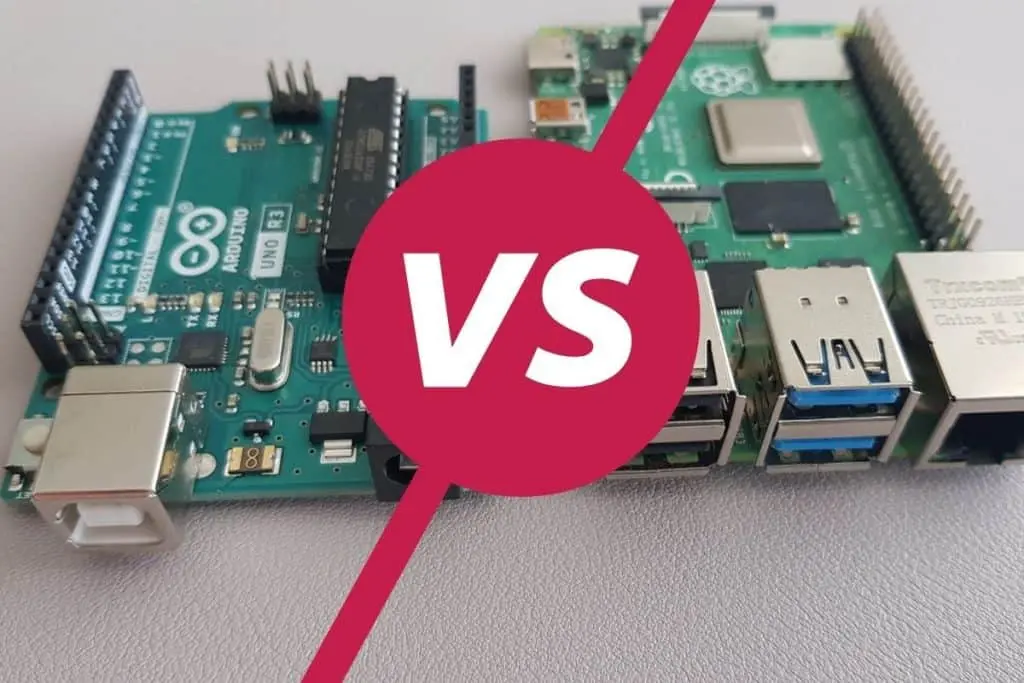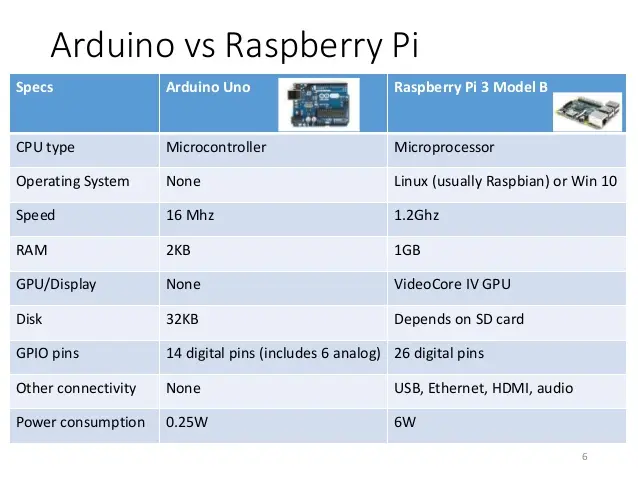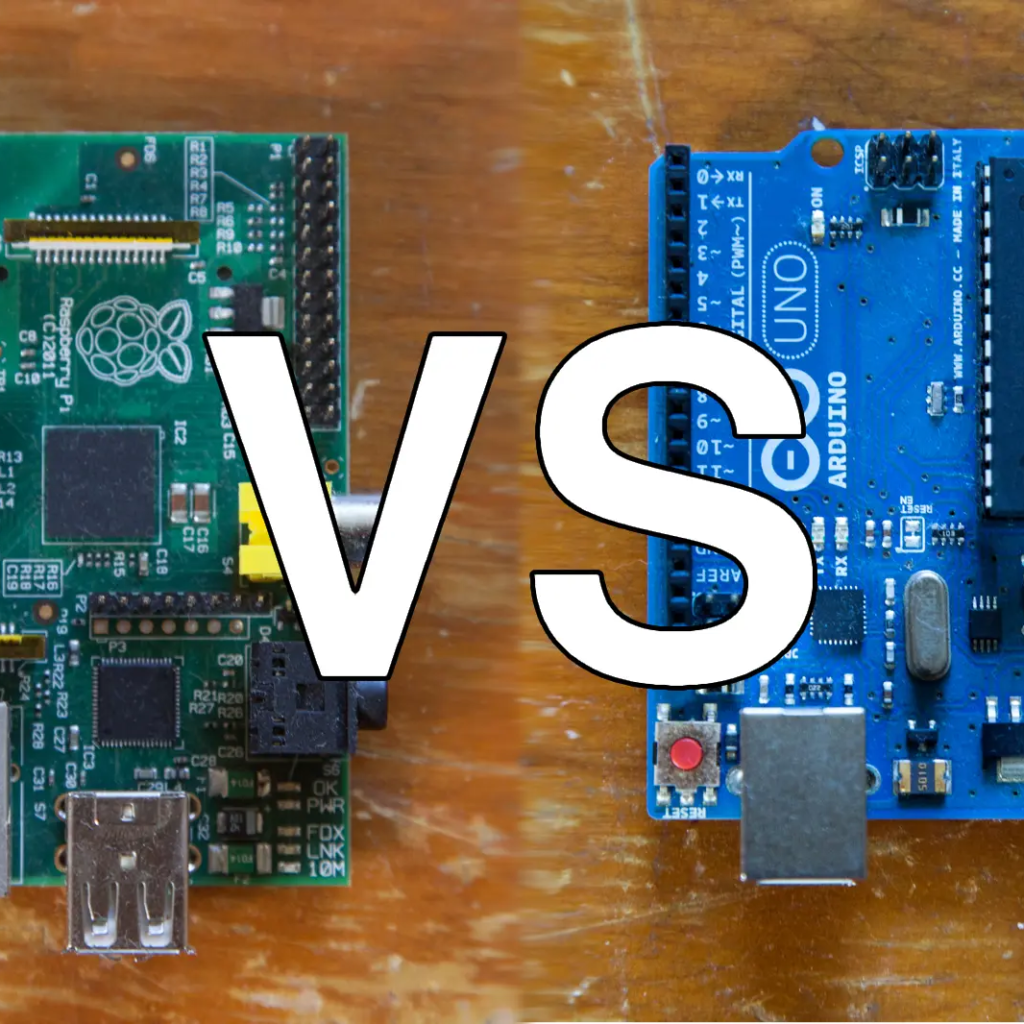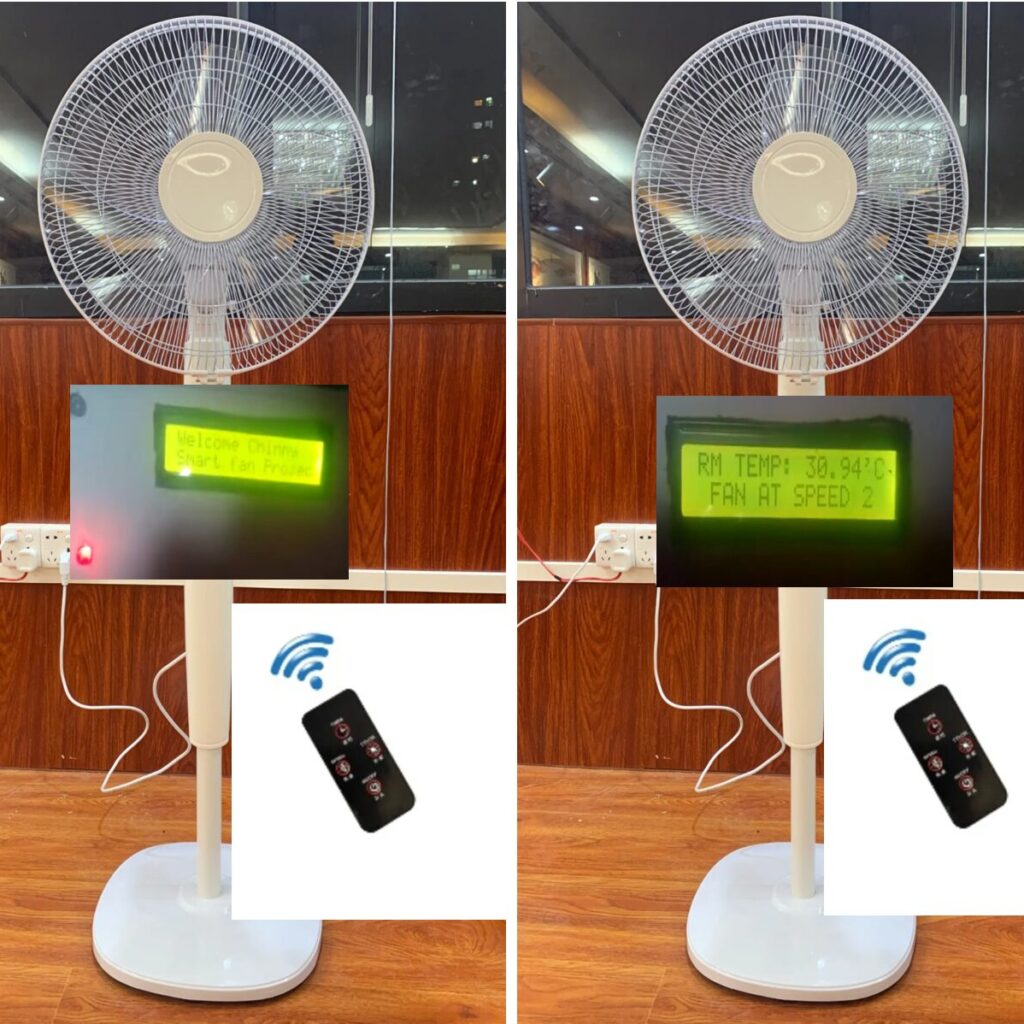Alright, tech tinkerers and home automation dreamers! Ever thought about turning your humble abode into a futuristic smart home, the kind you see in movies? Well, you’re not alone! And when it comes to the brains behind these smart setups, two names often pop up: Raspberry Pi and Arduino. It’s like choosing between a super versatile mini-computer and a nimble, electronics-focused microcontroller. So, which one reigns supreme in the realm of smart home automation: Raspberry Pi or Arduino? Let’s dive into this tech showdown!
We’re living in an age where our lights can listen to us, our doors can recognize our faces, and our coffee makers can start brewing before we even roll out of bed. This magic? Often powered by clever little boards like the Raspberry Pi and Arduino.1 But while they both have “smart” potential, they operate in different ways, kind of like how a Swiss Army Knife and a specialized screwdriver can both fix things but have very different strengths.

Understanding the Contenders: Raspberry Pi and Arduino in a Nutshell
Before we pit them against each other in the home automation systems arena, let’s get to know our contestants a little better.
Raspberry Pi: The Mini-Computer with Big Smarts
Think of the Raspberry Pi as a tiny, fully functional computer. It has a processor, memory, and can run a complete operating system (usually Linux). This gives it the power to handle more complex tasks, like running sophisticated software, connecting to the internet seamlessly, and even processing multimedia. It’s like having a mini-PC dedicated to making your home smarter.
Arduino: The Nimble Microcontroller for Direct Control
On the other hand, the Arduino is a microcontroller board. It’s simpler in design and focuses on directly controlling electronic components. You program it to perform specific tasks, like reading sensor data or controlling motors. It’s incredibly efficient at real-time operations and interacting with the physical world. Think of it as a highly skilled electronic brain that excels at precise control.

Head-to-Head: Key Differences That Matter for Smart Homes
Now, let’s get down to the nitty-gritty. When it comes to DIY smart home projects, the differences between Raspberry Pi and Arduino become crucial.
Processing Power and Complexity: Brains vs. Brawn
The Raspberry Pi, with its more powerful processor and operating system, can handle much more complex tasks simultaneously. It can run multiple applications, process data-intensive tasks like computer vision for security systems, and manage intricate network communications. The Arduino, with its simpler microcontroller, is better suited for single, repetitive tasks and direct hardware control. It’s like comparing a multi-tasking CEO to a highly focused factory worker.
Connectivity and Networking: Getting Online
The Raspberry Pi typically comes with built-in Wi-Fi and Ethernet, making it a natural fit for connecting to your home network and the internet. This is essential for many smart devices that rely on cloud services and remote control. While Arduino boards can be connected to networks using additional shields (add-on boards), it’s not as seamless as the Pi’s integrated approach. Think of the Pi as already having a phone line installed, while the Arduino needs you to set one up.
Software and Development: Different Programming Worlds
The Raspberry Pi often uses high-level programming languages like Python, which are relatively easier to learn and have vast libraries for various applications. This makes it great for projects involving complex logic and internet interactions. Arduino uses a simpler C/C++ based language, which is ideal for direct hardware manipulation but might require more low-level coding for complex tasks. It’s like choosing between writing a novel (Pi) and writing a precise set of instructions for a machine (Arduino).
Hardware Interfacing: Talking to the Real World
Arduino shines when it comes to directly interfacing with sensors, actuators, and other electronic components. Its analog and digital pins make it easy to read data from temperature sensors, control relays for lights, and interact with a wide range of hardware. The Raspberry Pi can also interface with hardware using its GPIO pins, but it often requires additional circuitry or libraries for more complex interactions. The Arduino is like having a direct line to all your electronic gadgets, while the Pi might need a translator for some of them.
Power Consumption: Sipping vs. Gulping Energy
Arduino boards are generally much more power-efficient than the Raspberry Pi. This makes them ideal for battery-powered smart sensors or devices that need to run for extended periods without being plugged in. The Raspberry Pi, being a more powerful computer, typically consumes more power. Think of the Arduino as a fuel-sipping scooter and the Pi as a more powerful but gas-guzzling car.
Cost and Ecosystem: Getting Started and Expanding
Both Raspberry Pi and Arduino boards are relatively affordable, but the base cost can vary depending on the model and features. The Raspberry Pi ecosystem is vast, with a huge community and a wide range of software and add-on boards available. Arduino also has a strong community and a plethora of shields for expanding its capabilities. It’s like choosing between two popular car brands – both have lots of support and accessories.
Real-World Smart Home Applications: Where Each Board Excels
So, where does each board truly shine in the context of smart home technology?
Raspberry Pi: The Brains Behind Complex Smart Home Systems
The Raspberry Pi is often the go-to choice for more sophisticated smart home hubs and applications that require significant processing power, network connectivity, and the ability to run complex software. Think of:
- Home Automation Hubs: Running software like Home Assistant or OpenHAB to integrate various smart home devices and create complex automation rules.
- Security Systems with Computer Vision: Implementing AI-powered home security features like facial recognition or object detection using cameras.
- Media Centers: Building smart entertainment systems that stream media, control speakers, and integrate with voice assistants.
- Advanced Environmental Monitoring: Collecting and analyzing data from multiple sensors to track temperature, humidity, air quality, and more, with web-based dashboards for visualization.
- Smart Door Locks with Remote Access: Implementing secure door locks that can be controlled remotely via a web interface or mobile app.
Arduino: The Workhorse for Direct Device Control
The Arduino excels at directly interacting with hardware and is often used for:
- Smart Lighting Control: Controlling individual lights or groups of lights based on schedules, motion detection, or environmental conditions.
- Automated Irrigation Systems: Managing sprinkler systems based on soil moisture levels and weather forecasts.
- DIY Smart Sensors: Building custom sensors for temperature, humidity, motion, or other parameters and sending data to a central hub (which could be a Raspberry Pi).
- Robotics and Actuation: Controlling motors for automated blinds, robotic vacuum cleaners, or other electromechanical devices.
- Simple Security Alarms: Creating basic alarm systems triggered by motion sensors or door/window contacts.
Can’t We Have Both? The Power of Synergy

Here’s a secret: you don’t always have to choose! Often, the most powerful smart home solutions involve using both Raspberry Pi and Arduino in tandem. The Arduino can handle the low-level, real-time control of sensors and actuators, while the Raspberry Pi acts as the central brain, managing network communication, running complex logic, and providing a user interface. It’s like having a skilled team where each member plays to their strengths.
Examples of Combined Power
- A Raspberry Pi running a home automation hub that receives sensor data from multiple Arduino-based sensor nodes scattered throughout the house.
- An Arduino controlling the motors of a robotic arm, with a Raspberry Pi providing the higher-level control and vision processing.
- A security system where Arduino-based motion sensors trigger alerts processed by a Raspberry Pi, which then sends notifications and records video.
Making the Right Choice for Your Smart Home Dreams
So, which one is “better”? The truth is, it depends entirely on your specific project goals, technical skills, and budget.
Consider Your Project Complexity
- For simple projects involving direct hardware control and real-time interaction, Arduino might be sufficient and more power-efficient.
- For complex projects requiring significant processing power, network connectivity, and the ability to run sophisticated software, the Raspberry Pi is likely the better choice.
- For the most ambitious smart home innovations, a combination of both might offer the optimal solution.
IoT-Enabled Predictive Maintenance in Chemical Manufacturing
Assess Your Technical Skills
- If you’re comfortable with low-level programming and direct hardware manipulation, Arduino might be a good starting point.
- If you prefer higher-level languages like Python and are comfortable working with operating systems, the Raspberry Pi might be more accessible.
Evaluate Your Budget and Power Requirements
- Arduino boards are generally less expensive and more power-efficient, making them ideal for cost-sensitive or battery-powered projects.
- Raspberry Pi boards offer more processing power and integrated features but typically come with a slightly higher cost and power consumption.
The Ever-Evolving Landscape of Smart Home Tech
The world of smart home technology is constantly evolving, with new boards, sensors, and software emerging all the time. Both Raspberry Pi and Arduino continue to be popular platforms for hobbyists and professionals alike, each with its own strengths and growing ecosystems. It’s an exciting time to be a tech enthusiast!
The Verdict: It’s Not a Competition, It’s a Collaboration!
In the end, the question of Raspberry Pi vs. Arduino for smart home automation isn’t about which one is definitively “better.” It’s about understanding their individual strengths and choosing the right tool (or combination of tools) for the specific job. Whether you’re building a simple automated light switch or a sophisticated AI-powered security system, both Raspberry Pi and Arduino offer incredible potential to bring your smart home dreams to life. So, grab your soldering iron, fire up your code editor, and get ready to build the intelligent home of tomorrow!
Frequently Asked Questions (FAQs)
- Can a beginner easily get started with both Raspberry Pi and Arduino for smart home projects? Yes, both platforms have large and supportive communities with tons of tutorials and resources for beginners. Arduino might have a slightly lower barrier to entry for very basic hardware control, while Raspberry Pi is great for learning software and networking concepts in the smart home context.
- For a simple smart sensor that just needs to send temperature data wirelessly, which board would be more suitable? For a simple, low-power application like this, an Arduino paired with a low-power wireless module (like an ESP8266 or LoRa) would likely be more suitable due to its lower power consumption and focus on direct hardware interaction.
- If I want to build a smart mirror with voice control and the ability to display information from the internet, which board is a better fit? For a project like a smart mirror that requires a graphical user interface, internet connectivity, and voice processing, the Raspberry Pi’s processing power and ability to run a full operating system make it the more appropriate choice.
- Are there any hybrid boards that combine the features of both Raspberry Pi and Arduino? Yes, there are some boards that aim to bridge the gap between the two, offering a more powerful microcontroller with some features of a single-board computer. However, they often come with a higher price tag and might not have the same level of community support as the individual platforms.
- Considering long-term reliability for a crucial smart home function like security, which platform is generally considered more robust? Both platforms can be reliable if implemented correctly. However, for critical security applications, careful consideration of software security, power stability, and hardware robustness is essential regardless of the chosen platform. Many commercial security systems utilize embedded systems with real-time operating systems, which might lean more towards the reliability focus often associated with microcontrollers, but well-designed Raspberry Pi-based systems can also be very reliable.


